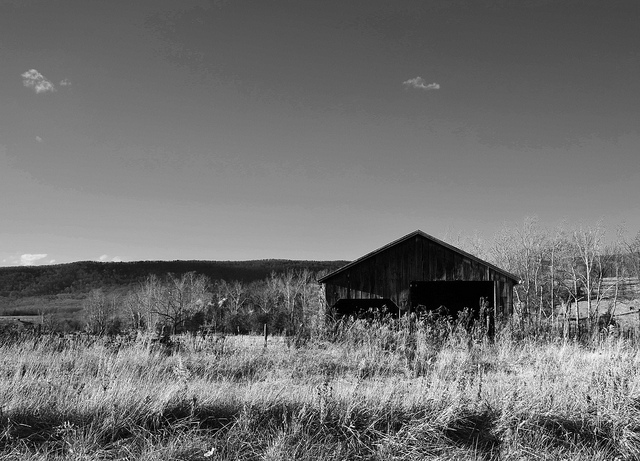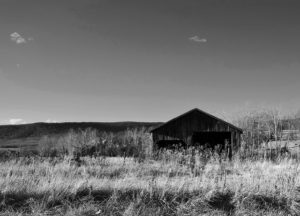Associate Director at Rural Forward NC a program of the Foundation for Health Leadership and Innovation
As a native of rural North Carolina, I know all too well, what it means to live in a community sickened by poverty, crime and sheer hopelessness. A community filled with a rich history, culture and natural beauty yet plagued with so many issues—problems to be more exact. Though prior to the summer of 2015, I didn’t think much about community violence as a RURAL issue. But that all changed when a member of my family became the victim of a senseless, violent act. My older cousin was the target of a drive by shooting. Thankfully, he survived the ordeal but he was extremely close to losing his life. The emergency room doctor said that the bullet was within centimeters of his heart. My family was devastated and my small town was traumatized, not just by this one violent incident, but by the continued occurrences of home invasions, armed robberies and murders. These horrific, violent acts shook the very core of my hometown—home to less than 200 people. The trauma and heartache that my family and community members suffered will be forever etched in my memory. “Stop the Violence” community rallies were hosted by politicians, law enforcement, faith leaders and community members. Family members of the slain and the victimized spoke about their loved ones and the devastation placed upon their families and lives. For a while after the rallies the violence seemed to subside. However, that only lasted for a short while, before the next spree of violent crimes began. Families, community members, law enforcement and elected officials were at a loss.
Now approaching the summer of 2017, my hometown is facing a similar fate—the potential for more community violence. In fact, just recently a young woman was shot multiple times inside her home. These are not isolated incidences because these and other types of violence occur in small towns across rural America every day. In fact, in 2016 three rural, N.C. counties made the list of the top 30 murder capitals in the U.S. These were counties with populations of less than 150,000 but with the highest violent crime rates per 100,000 people in the state. Robeson County, NC ranked 27 th with a violent crime rate of 435.8, Nash County ranked 7 th with a rate of 614.7 and Halifax County ranked 4 th with a rate of 414.5. Although, in comparison to violence occurring in places like Chicago, Memphis, D.C. and other large metropolitan areas, rural areas don’t receive nearly as much national media attention and resources to address their issues, if any at all.
These violent crime rates represent individuals, families and communities who have experienced great traumas both physically and emotionally due to community violence. This is a great public health concern as victims and families are often burdened with substance abuse, poor mental health, stress, chronic disease and other ailments because of witnessing or experiencing traumas associated with community violence. It is equally as important to acknowledge the strain placed upon the institutions and systems that exist to protect, alleviate and remedy the occurrence and impact of community violence. Law enforcement agencies, health departments, hospitals, clinics and other emergency resources are often limited in providing the services needed by victims and families when acts of violence occur. Services are often fragmented, resulting in crime victims not seeking services.
Though I’ve worked on the issue of violence prevention throughout my career, as a child and family advocate, community organizer and facilitator, I never made the link to my rural roots. Mainstream media in no way raised it as a major issue, as the only reports I ever saw highlighted urban violence trends and the various responses to it. As you can imagine, a different fire awoke in me when the issue hit close to home. Sadly, rural communities across the nation are quite often overlooked when it comes to analyzing crime and its impact on communities. But these vast regions are not immune to crime, and their isolation, geography and socioeconomic climate create unique challenges for victims, families, health care providers and criminal justice officials.
While there are varying levels of solutions to address the issue of violence in rural America, one must first acknowledge the issue exists. There is a lack of attention and awareness on the issue of rural community violence, thus it goes unnoticed and stories are untold. It is rare to hear or see any national coverage of the devastating impact of violence on rural communities across the nation. I strongly believe that rural community violence remains unnoticed as a major issue because of a huge misperception that violence is either non-existent or less serious in rural communities—neither of which are true.


There are no comments
Add yours